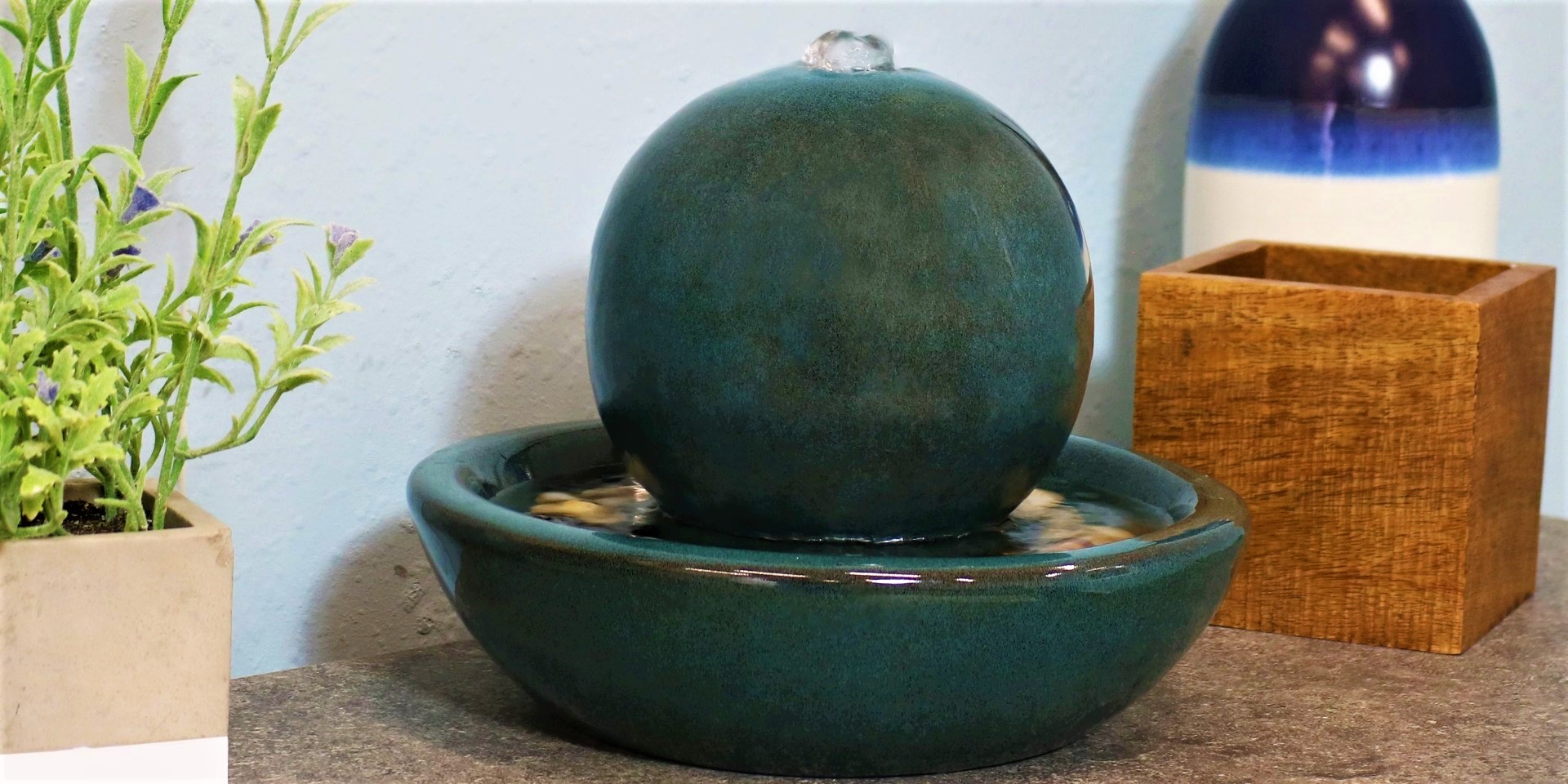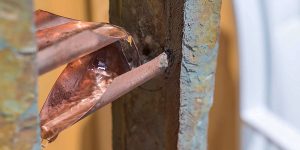There are a few reasons that your indoor water fountain may get slimy.
One reason could be that the water is not clean and contains growing bacteria.
Another reason is if the fountain is not being cleaned properly. In stagnant water, bacteria accumulate and grow. Besides, if dirt and debris are allowed to build up in the fountain, they can create a slimy film on the water’s surface.
If algae grows in the fountain, that algae can also create a slimy film on the water’s surface.
Finally, if the fountain is located in a humid environment, it can also lead to the growth of mold and mildew.
If you are noticing a slimy film on the surface of your indoor water fountain, you should check the water quality and cleanliness of the fountain to see if that is the cause. If not, you may need to consult with a professional to determine the cause.

What to do if my indoor water fountain got slimy?
If your indoor water fountain has become slimy, you can do a few things to clean it. First, empty the water from the fountain and clean the inside with mild soap and water. Next, fill the fountain with fresh water and add a cup of bleach for every gallon of water. Let the mixture sit for 30 minutes, then empty and rinse the fountain several times. If that does not work, you can try to do the same using white vinegar. Be sure to rinse the fountain thoroughly after cleaning it with either of these solutions. After that, refill the fountain with clean water.
Finally, if your fountain is still slimy, you can contact a professional for help.
How to prevent my indoor water fountain from getting slimy?
If you have an indoor water fountain, you might have noticed that it can get slimy over time. There are a few things you can do to prevent this from happening:
- You need to change the water regularly. It will help to remove any algae or other organisms that might be growing in the water.
- Add a small amount of bleach to the water. It will kill any algae or other organisms growing in the water.
- Cover the fountain when it is not in use. It will help to keep dust and dirt out of the water, which can also cause algae growth.
- Clean the fountain regularly. It will remove any dirt or debris in the water, which can also cause the growth of algae.
By following these simple tips, you can help to prevent your indoor water fountain from getting slimy.
Can hydrogen peroxide prevent the formation of slime in the fountain?
Hydrogen peroxide is often used as a natural cleaning agent and disinfectant. It can be used to clean surfaces and prevent the growth of mold and mildew. In addition, when used as directed, it will kill bacteria and algae that can cause slime buildup. However, it is essential to use caution when handling hydrogen peroxide, as it can be harmful to humans if not used properly.
Does the kind of water influence the slime in fountains?
There is no definitive answer to this question, as different fountains and water sources can produce different types of slime. In addition, there is no scientific evidence to support the claim that the type of water used in a fountain can influence the slime produced. However, some people believe that using distilled or reverse osmosis water can help reduce the amount of slime produced.
Ultimately, it may come down to trial and error to see what type of water works best for you.







